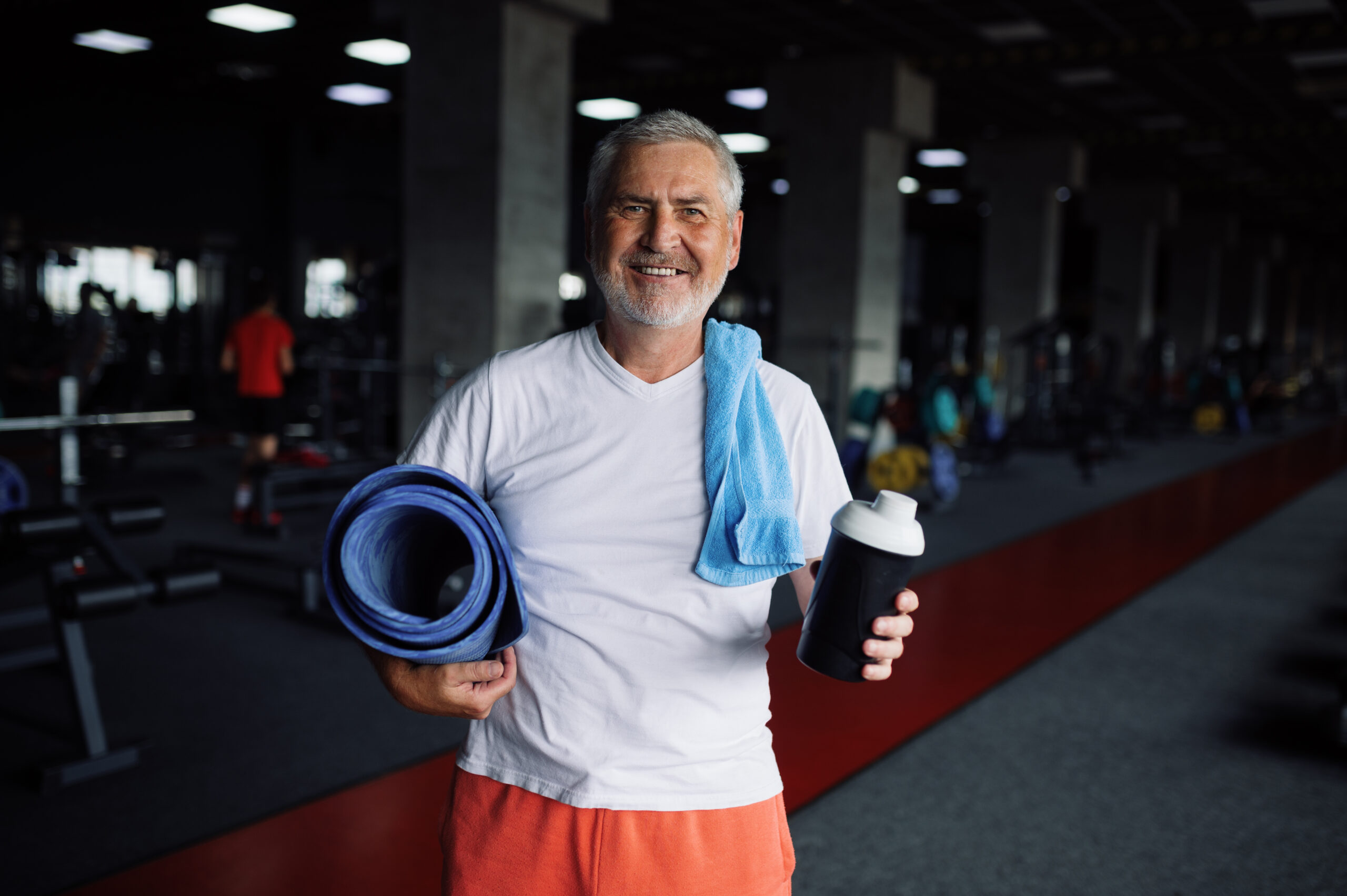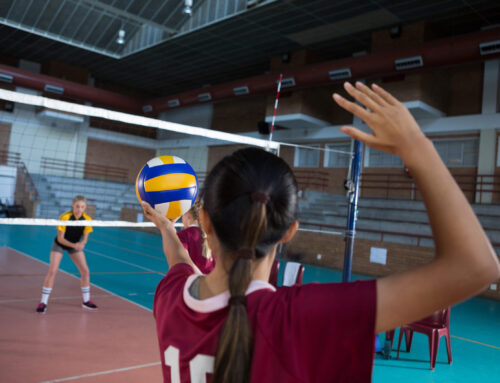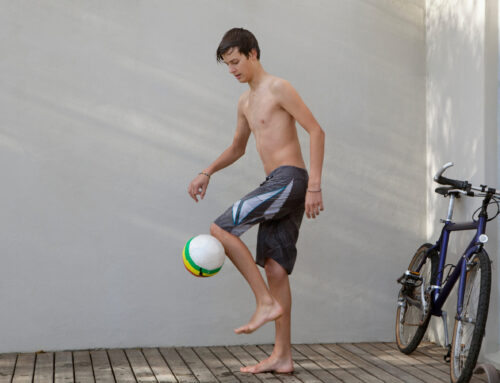(Written by Al Miller, a 72-year old retired gym teacher)
As I sit back and reminisce on my 40-year career as a physical education teacher, I am filled with nostalgia and a sense of pride. Throughout the decades, I have witnessed profound transformations in the realm of physical education classes. From the simplicity of old school calisthenics to the integration of cutting-edge technology, the evolution of PE has been a journey filled with excitement, challenges, and innovation. As a 72-year-old retired gym teacher, I would like to share my observations and experiences about how physical education classes have changed over the past four decades.
- Emphasis on Diversity and Inclusivity:
One of the most significant changes I’ve witnessed is the shift towards embracing diversity and inclusivity in physical education classes. Gone are the days when PE was focused solely on traditional sports and activities. Today’s curriculum caters to a wide range of interests and abilities, ensuring that every student can find a form of exercise they enjoy. Inclusive practices have become a cornerstone, enabling students with disabilities to participate fully and meaningfully in physical education.
- Technology Integration:
When I started my career, technology was limited to the occasional boombox for music during exercises. But the advent of the digital era has revolutionized physical education. From heart rate monitors and pedometers to virtual reality fitness experiences, technology has become an essential tool in tracking progress and promoting engagement among students. Although some purists may argue that this diminishes the essence of old-school physical education, I believe it complements and enhances the overall experience.
- Focus on Health and Wellness:
In recent years, there has been a growing emphasis on teaching students about health and wellness beyond the confines of traditional sports. PE classes now incorporate lessons on nutrition, mental health, stress management, and the importance of maintaining an active lifestyle throughout one’s life. This holistic approach aims to equip students with the knowledge and habits needed to lead healthy lives beyond their school years.
- Changing Attitudes towards Competition:
Competition in physical education classes has seen a shift in perspective. While competition remains an essential element of sportsmanship and skill development, educators have also recognized the value of cooperative activities and teamwork. The focus is now on fostering a supportive and encouraging environment where students can learn from both successes and failures, promoting character-building traits that extend beyond the gymnasium.
- Flexibility in Curriculum:
Gone are the rigid days of adhering strictly to standardized physical education curriculums. Today, teachers have more flexibility to design programs that suit their students’ interests and needs. This allows for a more personalized approach to physical education, leading to higher levels of engagement and enthusiasm among students.
- Integration of Mind-Body Activities:
Another positive change I have seen is the integration of mind-body activities like yoga, Pilates, and mindfulness practices into physical education classes. These activities not only improve flexibility and strength but also cultivate a sense of inner calm and mental well-being, which are crucial for overall health.
As I reflect on the changes I’ve witnessed in physical education over the past 40 years, I am filled with gratitude for having been a part of this dynamic and evolving profession. The transformation from rigid calisthenics and competitive sports to a diverse, inclusive, and technology-driven curriculum has been remarkable. As physical education continues to evolve, I am confident that it will adapt to the ever-changing needs of students, equipping them with the tools they need to lead active, healthy, and fulfilling lives.




